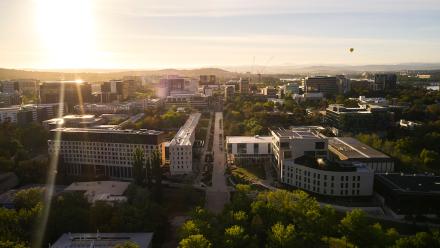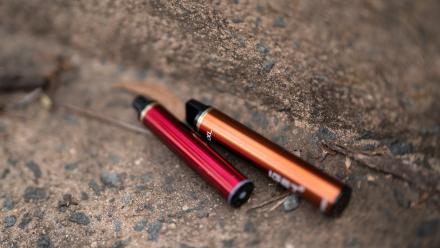High hopes for low-energy ionizing radiation emission model
“The information can be passed on to medical researchers so they can understand whether certain medical isotopes can do enough damage to cancer cells to be effective”
Understanding the precise emission rates of low-energy ionizing radiation is essential to the effectiveness of targeted cancer therapy, and researchers at ANU are seeking to map the energy output of commonly used radioisotopes.
Mr Boon Lee, PhD student at the Research School of Physics and Engineering, is trying to model the decay of the entire atom after nuclear decay to produce a full energy spectrum for medical isotopes.
"The information can be passed on to medical researchers so they can understand whether certain medical isotopes can do enough damage to cancer cells to be effective," Boon said, adding that this type of targeted therapy is ideal for metastatic cancer. Metastatic cancer is one that spreads from the part of the body where it first started to other parts of the body and can often be targeted with low-energy electrons.
Boon explained that once the computational model is complete, the group will publish a full database of the energy spectrum of medical isotopes.
For his research, Boon received a Heavy Ion Accelerator Facility (HIAF) Endowment Fund award in 2014.
The HIAF Endowment Fund was created in 2012 by Professor David Hinde, then Head of the Department of Nuclear Physics; Emeritus Professor Keith Fifield, then Director of the HIAF; and Professor Mahananda Dasgupta, an Australian Research Council Australian Laureate Fellow.
Initially the three researchers wanted to offer technical staff at the Department of Nuclear Physics career advancement opportunities that would not otherwise be available. Following further generous gifts, the Endowment is now providing support to other Department members beyond the accelerator staff, like Boon.
The award has allowed Boon to travel overseas to spend time collaborating with research teams in Sweden, France, Denmark and Switzerland. These international teams are working across both physics and medical research and are focused on fine-tuning the model.


